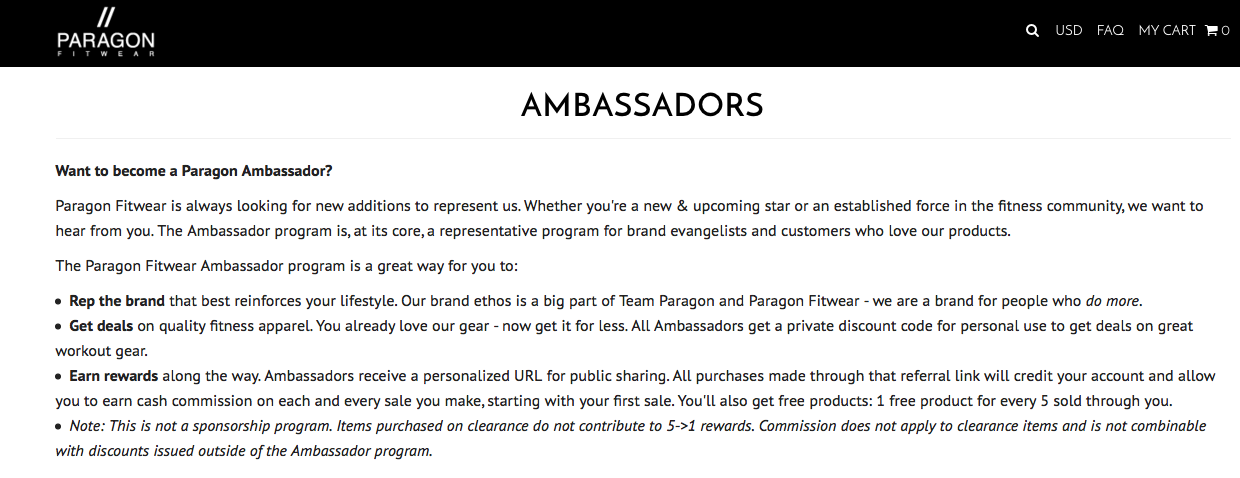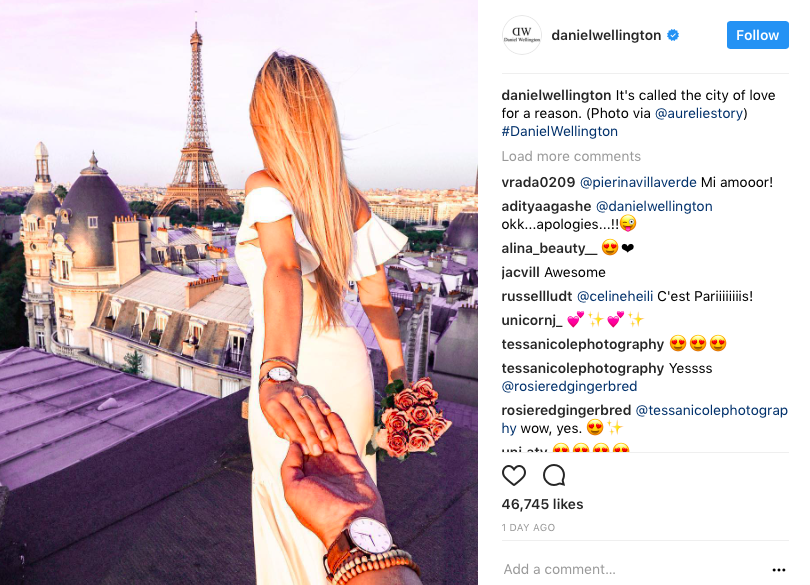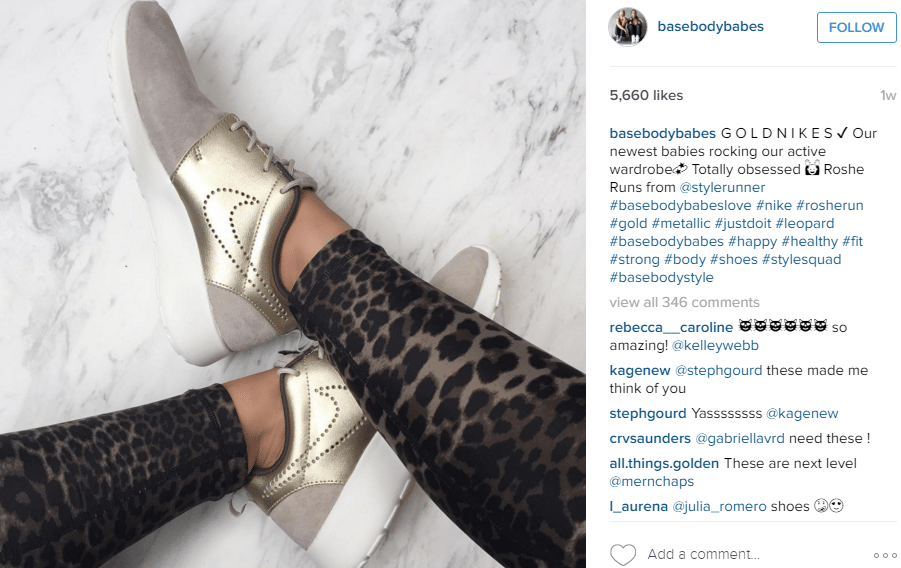As with everything that grows in popularity, influencer marketing has got a lot of myths circulating around it. And these myths haven’t exactly become fewer as the interest in influencer marketing has grown, either.
Considering the fact that influencer marketing is one of the fastest-growing marketing sources, even faster-growing than digital ads, it’s not surprising that myths about influencer marketing have been born.
Usually, myths are born as a result of wrong information and ignorance and created by people who don’t have enough knowledge about the subject.
As a marketer, it is essential that you have the correct information so that you can take actions accordingly, but when myths are created, that confuses, it’s hard to know what information to trust, and what information is nothing but myths.
That’s why, in this article, I’ll be explaining and busting the top 5 myths about influencer marketing.
1. The more followers, the better results
For many, followers equal popularity, which in turn equals influence, which in turn results in marketing results.
This is completely false.
While followers are a great first indication that helps you estimate just about how popular an individual is, there are things that are much more important than the followers.
Engagement is actually the most important metric
For example, if 90% of the influencer’s followers are nothing but bought (fake) followers, the real results of a marketing campaign with that influencer will be very low. The reason is simple: the vast majority of their followers are nothing but fake bots.
When partnering with an influencer, your main goal is to reach real people, who in turn will buy from you, right?
No matter if the influencer just has low engagement, or if the low engagement is due to fake followers, it means that fewer people will be influenced by the post, thus resulting in worse results. This also has to do with the organic reach on social media, where an account will never be able to reach all of their followers with a post.
It doesn’t matter how much followers an influencer has. If they won’t follow a call to action or do anything, what’s the point of running a campaign at all?
On Instagram, the engagement doesn’t grow at the same speed as you are gaining followers, and this means that working with influencers who have a lower follower count actually can generate better results than larger accounts with more followers.
To summarize it: No. More followers don’t mean better results. In fact, it can mean the opposite. What really matters is the engagement of the influence and how many people their post reaches and influences.
2. Influencers are not consumer objects
Influencer marketing has evolved and grown into two tracks:
- The brand ambassadors
- The one-time partnerships
Some brands have particular pages on their websites dedicated to ambassador partnership requests.
Many brands are making the mistake of working with an influencer only once, then hopping on to the next one right after.
What is a lot more rewarding is picking out a few influencers that might be suitable for the brand, trying them out, seeing if they match the brand’s brand message, culture, etc., then look at the results generated?
After that, you should evaluate: which influencers generated the best results? And which are worth building a long-term partnership with?
Today, it seems like it is almost a competition about who has worked with the most number of individual influencers. But the truth is that this is an approach to influencer marketing that is not sustainable long-term. It will at least not ensure that you get the most bang for your marketing budget.
Here’s why:
First of all, because most influencers usually don’t work with long-term brand partnerships, they have to jump from brand to brand and accept whatever offers come their way.

As a result, it might make them desperate for partnerships, and in turn resulting in lost credibility and trust. In other words, when an influencer promotes an array of different brands, who may even be competitors, they will eventually lose credibility.
This is why you want to make influencers into your long-term brand ambassadors. But only once you see that they are a perfect fit for you.
Moreover, it will also result in worse results for the brands who work with the influencers. As mentioned, when the influencer works with new brands all the time, it will lead to decreased results. Let’s say an influencer markets a protein powder one week, and says that it’s the best they’ve ever tried, then the next week, they promote a new protein powder from another brand – and says the same thing, you can just imagine what effects it has on them.
How will their followers be able to trust anything they say?
The solution…
The reality is actually the opposite of point number 2.
Instead, brands will find far more success by working more long-term with influencers, growing together, and helping each other, instead of one taking advantage of the other.
The takeaway from this is that brands should identify suitable influencers that match their preferred criteria, then try them out and see what results they are able to generate. After that, remove those who didn’t perform well – and keep those who showed to be effective, and start building your long-term relationship with them.
That’s the key to great results in influencer marketing.
When you build genuine relationships with the influencer, they’ll become very passionate about your brand, and as a result, they’ll do everything in their powers to generate great results.
3. Influencers only work for monetary compensation
While this is true most of the time for celebrity influencers, it isn’t true about regular influencers or micro-influencers.
Compensation for influencers is one of the most asked questions about influencer marketing, and because there is no official guide that tells you just how much you should pay for what, a lot of confusion has been created around the subject.
The average celebrity influencer charges $75,000 per Instagram ad and $30,000 per paid tweet, but by working strategically, you can work with influencers (maybe not as large as celebrities) without paying a dime.
In fact, a Research by GroupHigh found that although 70 percent of content creators “prefer monetary compensation on a per-post-basis over affiliate partnerships, running ads on their blogs, or product trade . . . these influencers will only accept a compensation if they firmly believe in the product and thinks that it aligns with their followers’ values and preferences.
Common solutions instead of monetary compensations are:
- Product samples
- Affiliate program
- Event invites etc.
- The influencer becomes an official ambassador for the brand

4. Influencer marketing is expensive
In many cases, working with celebrities, the ROI has shown to be inefficient for the brand, because as seen above, you will have to pay a lot of money. There’s no working around it. This is money that most brands don’t have.
However, if you look at a campaign where the influencer is carefully selected, made sure it matches the brand’s core values, has high engagement, etc. the statistics show the complete opposite of influencer marketing being expensive.
In fact, the statistics are quite extraordinary. Even so that it makes you question how this myth was born in the first place.
Businesses are making $6.50 for every $1 spent on influencer marketing, according to a poll of marketing professionals conducted by Tomoson
But that’s not all…
40% of people say they’ve purchased an item online after seeing it used by an influencer on social media.
Marketing efforts that generate a positive ROI are never “expensive”, no matter how much you invest.
Right?
Well, influencer marketing seems to make to cut for being a marketing source that generates a positive ROI above and beyond.
5. Measuring ROI is impossible
This is more of a myth that has been born due to a mindset and lack of own thinking.
While studies have found that 78% of marketers cite measuring the ROI of influencer marketing as their top challenge for 2017, measuring the ROI of influencer marketing is certainly not impossible.
In fact, compared to other, more established marketing sources that marketers seem to have “no trouble measuring results in” (see TV/display ads), influencer marketing offers a lot more ways to measure the ROI.
A tremendous help is to set goals of what you want to achieve with your campaign before you start it.
This will make it easier to understand how well the campaign performed.
Ask yourself:
“What do I want to achieve with this campaign?”
- Increase traffic?
- Gain followers?
- Increase sales
- Gain newsletter sign-ups?
- Increase brand awareness?
There are literally hundreds of metrics you can choose from, but it’s important that you don’t track every single one of them. If you try to gather as much information as data as you can, you’ll end up getting overwhelmed and confused.
It’s like anything.
If you spread your focus on several things, the results will be average on all of them.
If you focus 100% on one thing, the results will be tremendous.


